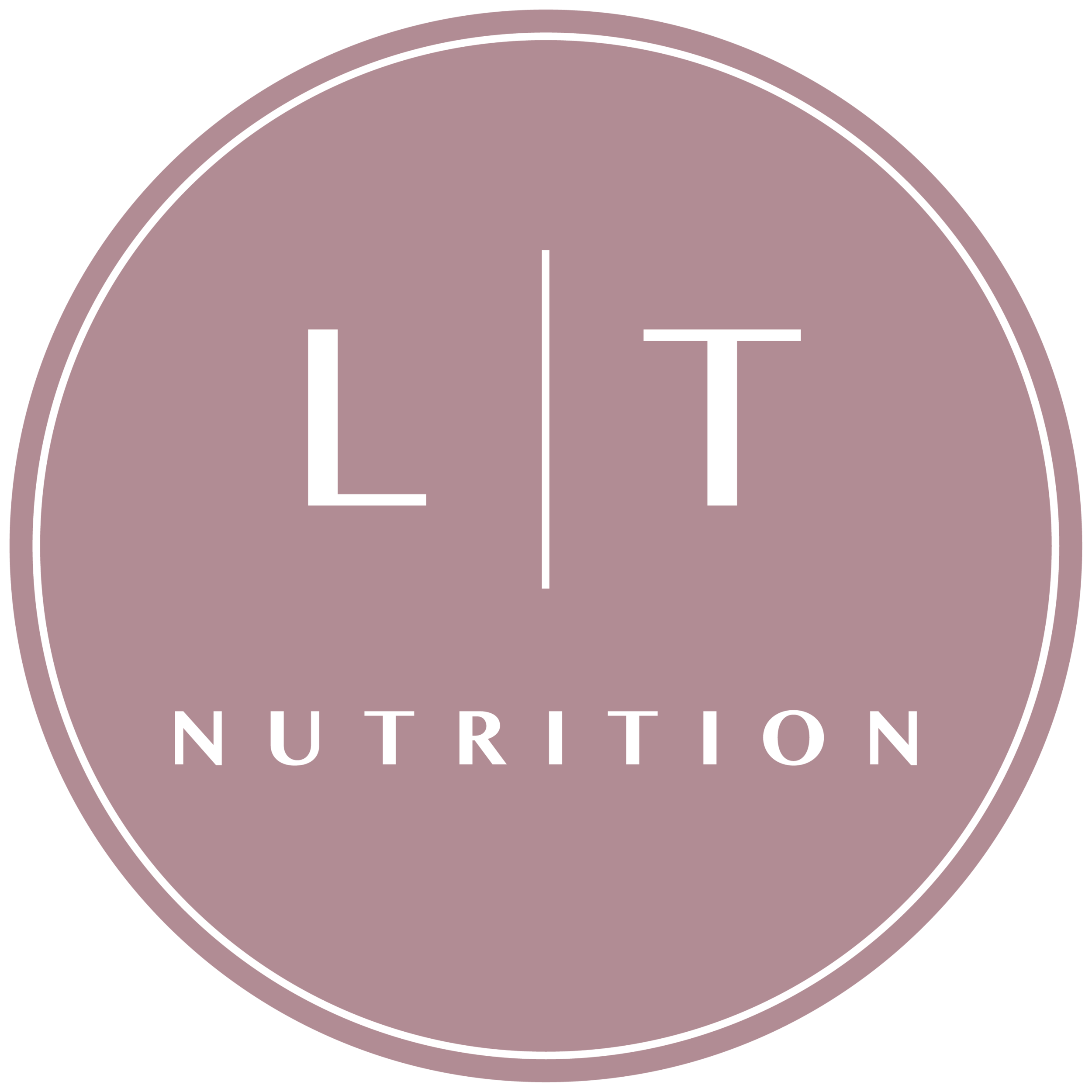How eating more fibre can reduce your menopause symptoms
Menopause symptoms can seem endless, and they drive us to hunt for a one-stop-shop to fix them.
Sadly there’s no panacea, but you can add more fibre to your diet to reduce many of your symptoms. You’ll also stop the domino effects that a poor diet can have during menopause and perimenopause.
Read on to learn:
How something as simple as increasing your fibre can improve your perimenopause symptoms
How to add more fibre to your daily meals
Get free tools to help you determine if you are getting enough fibre every day and a variety of fibre throughout the week
Are you in the midst of the hormonal rollercoaster that is known as the perimenopause and wondering how on earth you can help yourself feel better? A good nights sleep is a thing of the past, your waistline has ballooned, you can’t remember what you did yesterday and your doctor has told you to keep an eye on your cholesterol levels?
As women transition into their 40s and 50s, they experience so many body changes; hormones fluctuating, unwanted weight gain, cognitive dysfunction, anxiety, sleep disturbance, hot flashes etc. These changes occur due to the drop in sex hormones estrogen, progesterone and testosterone. Some women embrace this stage of the lifecycle as a new beginning; however, others can find this stage challenging and often debilitating.
Healthy lifestyle habits such as nutrition, movement and sleep can really make a positive difference to a woman’s menopause transition. Dietary intake in particular can alleviate common symptoms such as hot flashes, mood disorders, sleep disturbances and lethargy. One important element of dietary intake that can make a significant difference to the menopause transition is the consumption of fibre.
What is fibre?
Dietary fibre is a plant-based carbohydrate that is resistant to digestion and absorption in the small intestine unlike other carbohydrates. It is broken down by bacteria in the large intestine and used to bulk up stool making it easier for waste to pass through the digestive tract.
Types of fibre to include in your daily meals include oats, whole grain foods, beans, lentils, pulses, vegetables, and fruits. Variety of fibres is important as the different types of fibre feed your gut microbes and increase their diversity which is the key to optimal health.
For example, you could have oats, berries and nuts for breakfast, chickpea and sweet potato salad for lunch and whole grain pasta with frozen peas for dinner. That is eight different types of fibre in a day. The golden rule is to try and have 30 different types of plant-based foods per week. Click here for a diversity tracker that will help you achieve your weekly fibre goals.
The health benefits of fibre during the menopause transition
There are so many health benefits to eating more fibre particularly during the menopause transition.
Weight management - foods rich in fibre are super dense and filling. This provides the feeling of satiety or satisfaction after a meal which means you will be less likely to overeat or snack. This can certainly help manage your weight during this phase of the life cycle
Prevent constipation and symptoms of irritable bowel syndrome - constipation and bloating can increase during the menopause transition therefore increasing your fibre intake can ensure the smooth functioning of your digestive tract
Lower the risk of heart disease by reducing blood cholesterol and blood pressure - certain types of fibre such as oats, rye and barley contain beta-glucan which is known for its ability to reduce cholesterol levels and promote heart health
Improve sleep - eating a diverse fibre rich diet can help promote the production of serotonin in the gut. Serotonin is a neurotransmitter responsible for making melatonin which helps you get a good nights sleep
Improve mood and lower the risk of mood disorders such as anxiety - similar to improving sleep, the production of serotonin in the gut can improve the communication along the gut-brain axis lowering the risk of mood related disorders such as anxiety and depression. Smooth communication between the brain and the gut can also reduce the effects of brain fog and improve cognitive function.
The Scientific Advisory Committee on Nutrition (SACN) , 2015, recommends that an adult should consume a daily intake of 30g fibre. But what does 30g per day look like? Click here for an example meal plan that illustrates how to eat 30g of fibre per day.
Six easy tips to add more fibre to your meals are:
Swap white foods for whole grains e.g. whole grain rice, pasta, breads
Swap meat for beans, pulses or lentils at least one meal per day e.g. chickpeas, black beans, puy lentils
Add grains or beans together e.g. rice and beans, quinoa and rice
Eat the skin of some fruits and vegetables
Sprinkle mixed seeds on salads and oats
Include unsalted mixed nuts as a snack
I hope this information was helpful, but if you’re like many women in their 40's, you may be spending hours listening to podcasts, watching YouTube tutorials, and trying to figure out what and how to eat all on your own... and feeling defeated.
Wouldn’t it be great if you could work with an experienced Women's Health Nutritionist that could cut your stress in half and help you reach your health goals faster? If you’re nodding your head, click here to book a FREE DISCOVERY CALL and learn more about how I can help YOU!
Lisa x



